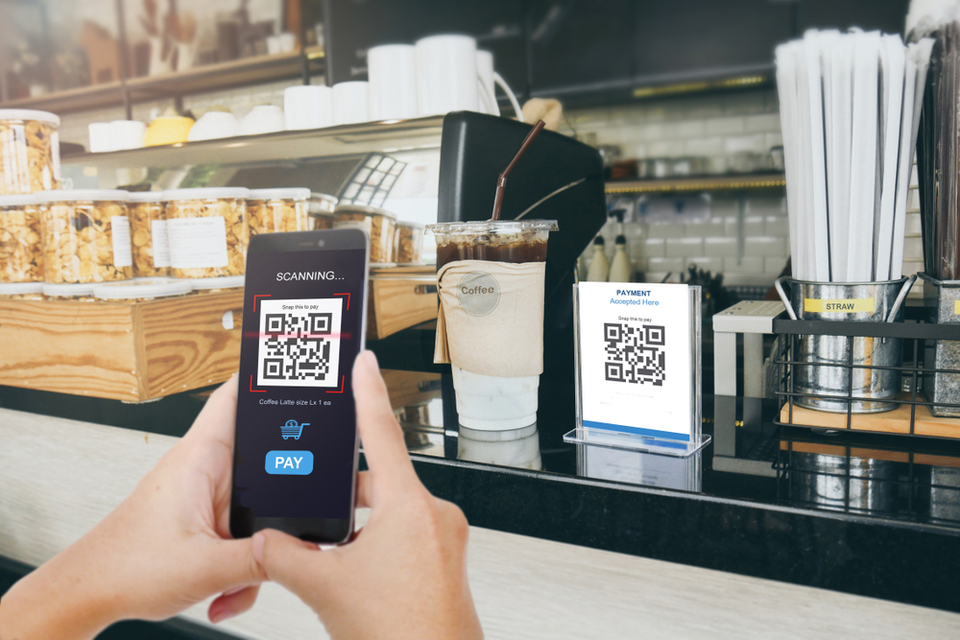LISNR is using sound waves and QR codes to revolutionize how people interact with tickets. In fact, they want to make tickets a thing of the past completely.
Sound waves can do so much these days. They can annoy teenagers with high pitches and even make things levitate.
But now, Cincinnati based startup LISNR wants sound waves to improve ticket distribution.

An All-star Entrepreneurial Team for Total Innovation
StartupBus is a competition where entrepreneurs board a bus and, after 72 hours, they emerge with a company outline. This is what happened for LISNR.
Rodney Williams, Chris Ostoich, and Josh Glick helped create the original demo reel. The idea revolved around an app that made use of ultrasonic audio.
Founded in 2012, the company calls Cincinnati its home base with offices in New York and San Francisco, as well. Their first round of funding netted them $850,000 in 2012. In 2015, they received a further $10-million investment led by Intel Capital.
Williams helms the company’s PR charge as seen in their 2017 TechCrunch profile.
In this interview, Williams discussed how LISNR came from the fact that true innovation does not come from building new technology on top of the old — sometimes something entirely new is needed.
“We’ve created all these advanced technologies and experiences on top of these old protocols…The frustration was really that today we create products and services around the limitations of technology…I felt like if we could create a better connector, we could extract the best consumer experience.”
LISNR takes aim at this precise problem by transferring data over audio.

A Better, Safer way to use Mobile pay
Concerns of data privacy increase every day, and with the recent developments over Net Neutrality, some digital veterans want better options.
Some moved from Facebook to blockchain-based social platforms like Minds. After Yahoo Messenger’s abhorrent privacy score and recent shutdown, many won’t be picking up the new chat app “Squirrel”.
There is just too much competition making use of the best and newest technology now.
LISNR sits at the forefront of this movement by utilizing sound waves to improve data-transfer privacy, efficiency, and innovation. One of the team’s goals is to eliminate QR code risks and the need for often expensive NFC chips.
LISNR’s inaudible smart tones don’t require Wi-Fi or Bluetooth communication either. This means that you don’t need an internet connection to send any data.
The technology uses inaudible smart tones with nothing but speakers and a microphone.
Since China banned QR code payments over a certain amount due to the risk of fraud and exploitation, LISNR poses one of the only viable solutions to this problem. You can see similar issues with common mobile pay apps such as the one for Starbucks.
How LISNR’s Mentality Informs Technological Innovation
It is no wonder that LISNR made the CNBC Disruptor50 list for the third year in a row. It’s also no surprise that they have a burgeoning deal with Live Nation’s Ticketmaster.
You can even use their audio-based entry method to gain entry to events. This eliminates the vulnerability of a QR code-based ticket or even a physical ticket which can be lost or stolen.
The team also has a commitment to remaining technology-agnostic. Williams elaborated in a CNBC profile about LISNR’s Industry 4.0 mentality of platform vs. product:
“Google’s purpose is to enable Android. Our purpose is to enable Linux, Windows, iOS to talk to Android and Android to talk to an embedded system. That’s the difference between creating a communication platform versus a product.”
He also elaborated on the other potential applications of LISNR’s ultrasonic tech. At a start, it could also bolster security for home assistants, improve voice-enabled services, and more.

















Comments (0)
Least Recent